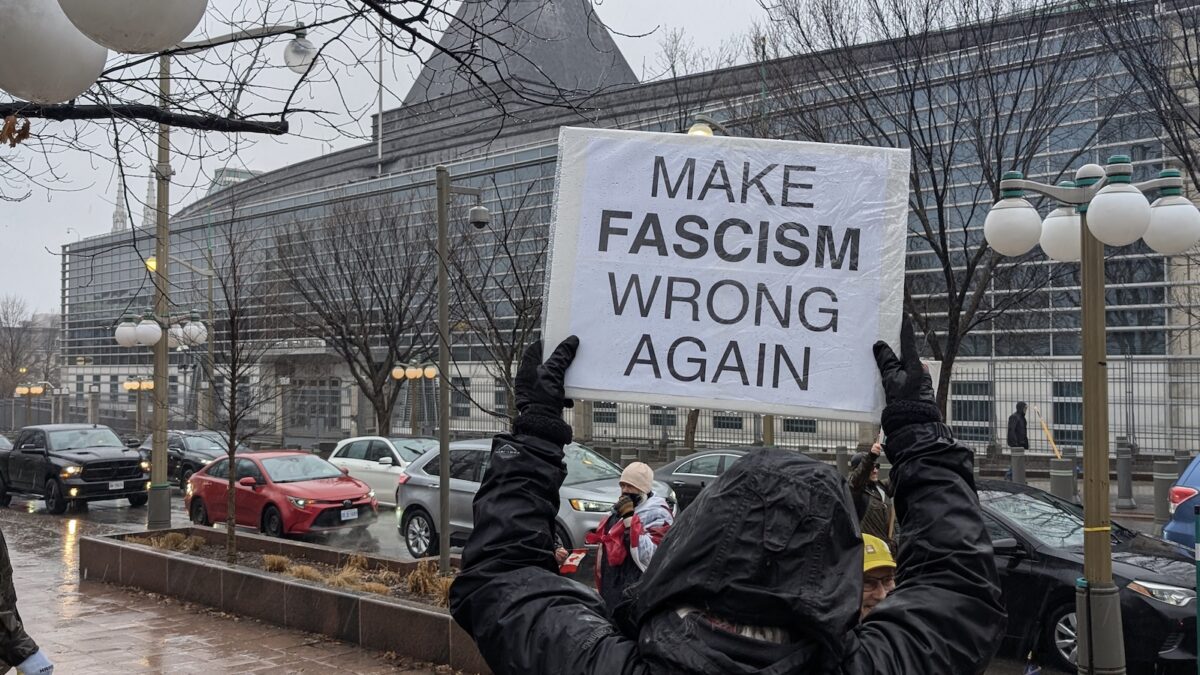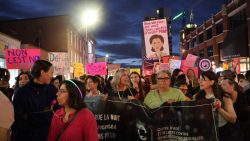For Bella Arsenault, one word defines her feelings about the upcoming federal election: exhaustion.
“It’s so sad to see how much the news and election in the United States are affecting our election,” the Ottawa resident and Dalhousie University student told Capital Current. “Everything is focused around the States, and that’s annoying and frustrating to see.”
She has other grievances with the political moment — low voter turnout in February’s Ontario election, the effort that goes into coordinating her mail-in ballot and media coverage of the candidates.
Despite the frustrations, she’s “absolutely” casting a ballot in the federal election on April 28.
Her dedication to vote may be part of a larger phenomenon ahead of the federal election, an expert and advocate told Capital Current.
When an election is held immediately following another campaign — such as the snap federal election called shortly after Ontario’s on Feb. 27 — turnout in the latter election may be “significantly” depressed, according to a 2017 European Journal of Political Economy study.
But Samantha Reusch of Apathy is Boring, a non-partisan organization that encourages Canadian youth to vote, is optimistic.
People are incredibly engaged around some of the big ballot questions. My hope is that this makes people realize how incredibly important our democracy is.
— Samantha Reusch, voter participation advocate, Apathy is Boring
Reusch said she anticipates many voters who stayed home for Ontario’s provincial election will turn out to federal polls — though she acknowledged it’s difficult to predict with certainty.
Turnout in the provincial election was second-lowest in Ontario’s history at 45.4 per cent, according to Elections Ontario. In the “current context” — an unprecedented trade war with the U.S. and threats from Donald Trump to annex Canada — “people are incredibly engaged around some of the big ballot questions,” Reusch said. “My hope is that this makes people realize how incredibly important our democracy is.”
There are “duelling forces” at play, said Ottawa-based political theorist and commentator David Moscrop, a contributing columnist to the Washington Post and author of the 2019 book Too Dumb for Democracy? Why We Make Bad Political Decisions and How We Can Make Better Ones.

Moscrop pointed to the Liberal leadership race, the U.S. presidential election, recent byelections and other political contests that may be tiring voters out.
“You’ve been inundated with all this stuff and it’s a lot,” Moscrop said. “But this is an unprecedented election for most people.”
Moscrop said the urgency of some of the federal ballot questions — Trump threats to make Canada a “51st state” and U.S. tariffs on imported Canadian goods — could work to offset the pressures of voting fatigue.
The unusually dramatic unfolding of the race could mitigate the fatigue, Moscrop said.
The Liberal party has made a startling comeback in the polls after Justin Trudeau announced his resignation in early January and Trump assumed office later in that month.
Former Bank of Canada and Bank of England governor Mark Carney, who also spent several years with the international investment firm Brookfield, quickly rallied voter support to the Liberals after suspending the consumer carbon tax and holding tariff talks with Trump.
Meanwhile, Trump’s threats to Canadian sovereignty have sparked a national “Elbows Up!” unity movement, disrupting polarization in the political landscape.
With two weeks left in the race and the debates to take place, the Liberals are “heavily favoured” to win a majority, according to CBC’s poll tracker — a stark contrast to the Conservatives’ dominance in the polls at the end of Trudeau’s time in office.
“People might be motivated to turn out despite fatigue, even excited to turn out,” Moscrop said. “The stakes are high, and the race is close.”




